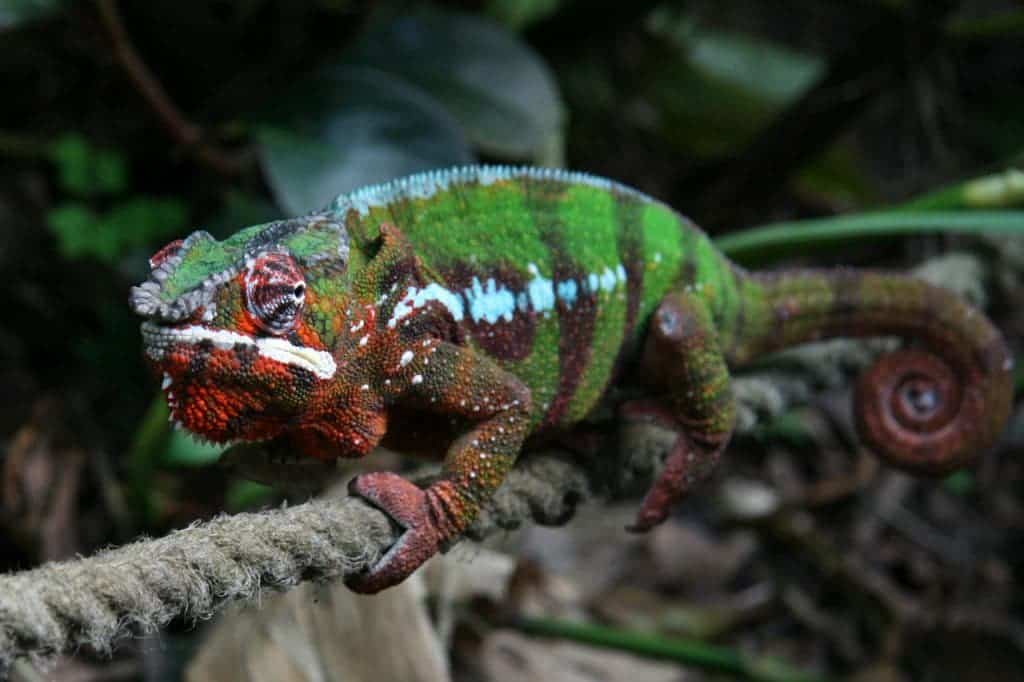Scientists have discovered what they thought to a species of chameleon – but DNA analysis revealed that they were in fact dealing with 11 different species, hiding in plain sight.
Madagascar is known as one of the areas in the world with the most impressive biodiversity. Even now, researchers are baffled how such a biological hotspot came to be, hosting a unique melange of spectacular species – and they’re finding more and more interesting species every week. Such was the case with a panther chameleon species.
The first panther chameleon was first described by French naturalist Georges Cuvier in 1829. Male panther chameleons can grow up to 20 inches in length, with a typical length of around 17 in (45 cm). Females are smaller, at about half the size. Males are also colored more intensely than females, which generally remain tan and brown with hints of pink, peach, or bright orange.
Biologists set out to Madagascar to figure out how and why they are able to change between such a broad range of colors, from bright red and orange to a deep green or blue. They documented 324 panther chameleons, which they initially believed to be one single species; but when they got back to the lab and conducted DNA analysis, they realized they were dealing with 11 species!
This answers some questions, but on the other hand, raises even more. It seems that the panther chameleon doesn’t actually have such a broad color variety within the same species. Instead, the confusion seems to be caused by the fact that chameleon species have extremely restricted territories; each territory comes with a specific color palette, though it’s not clear if the colors are chosen specifically to blend in with the environment.
This study is actually more significant than it might seem at a first glance. For starters it highlights once again the stunning biodiversity that Madagascar hosts, but even more importantly, it shows that customized conservation measures have to be taken if we want to protect this biodiversity. There are over 150 species of chameleons in the world, many of which are threatened by reduction of habitat. Hotspots such as Madagascar are especially vulnerable, and different species might have different needs – understanding these needs is crucial for conservation efforts.










